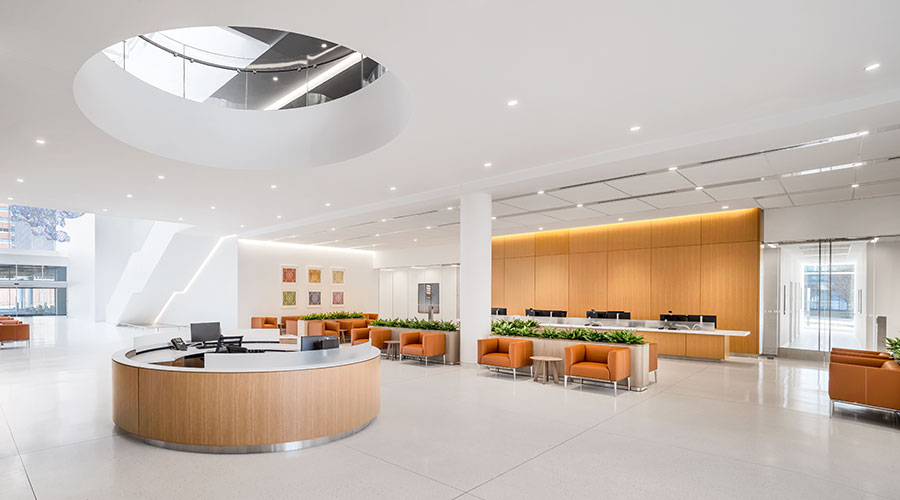In Fort Worth, Texas, the Cook Children’s Medical Center serves a huge patient base, drawing upon 47 percent of the state. Patients come from as far as El Paso and Austin to seek care. The facility, known for its neonatology intensive care services, faced a challenge with its 55-bed unit, as reported in a recent Healthcare Design article.
In 2009, the state approved the addition of more beds into the open bay care unit, but it still wasn’t enough. The unit again quickly reached capacity and had to turn away patients – and, in turn, faced the potential loss of market share. Administrators knew they had to take steps to reinvent the neonatology ward.
According to the article, this reinvention occurred as one part of a massive hospital expansion effort and consisted of expanding and converting the NICU into a bi-level, private-room environment with 106 beds. In the planning phases, the architectural and design team visited other NICU facilities across the country to examine best practices and formulate a strategy. The team learned that many of these facilities already had adopted the private-room ICU approach. Designers and hospital administrators agreed it was worth the cost to do the same at Cook Children’s Medical Center, the article says.
Before construction began, the team created a mock-up room to allow all hospital stakeholders, from doctors and nurses to the housekeeping staff to review and test the concept design. These rooms had to be laid out and designed just right – from amenities to noise control.
The article details how the unit is laid out in a neighborhood format with distinctive color coding for wayfinding. Each neighborhood pod includes 18 to 24 beds and a local nurses station that features split-screen monitoring of each patient’s vitals. Between each room, designers created observation stations for increased medical staff attention.
Besides the homelike feel of the unit itself, other nearby family-focused amenities include a Starbucks coffee shop, a yogurt shop, a food court-style cafeteria and even a Build-A-Bear Workshop one floor below the NICU space.
Preliminary studies have shown the new facility already has reaped one huge benefit: a 40-percent reduction in overall length of infant stay.

 Should We Be Testing Toilet Water in Patient Restrooms?
Should We Be Testing Toilet Water in Patient Restrooms? Healthcare Union Petitions for Increased Staff Safety at HCA Florida Hospitals
Healthcare Union Petitions for Increased Staff Safety at HCA Florida Hospitals HGA Announces Completion of the Jeffrey and Patricia Cole Pavilion
HGA Announces Completion of the Jeffrey and Patricia Cole Pavilion Healthcare Facilities Look to Future-Proof Facilities
Healthcare Facilities Look to Future-Proof Facilities Yale New Haven Health Experiences Data Breach
Yale New Haven Health Experiences Data Breach